| Structure | Name/CAS No. | Articles |
|---|---|---|
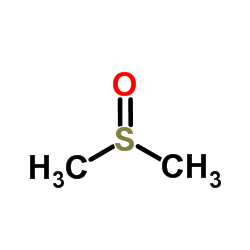 |
Dimethyl sulfoxide
CAS:67-68-5 |
|
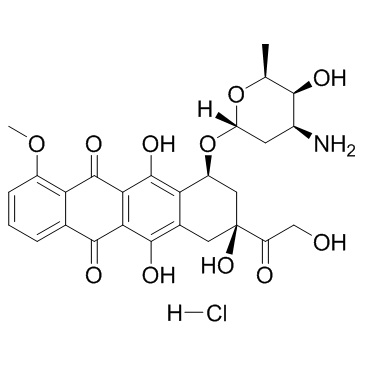 |
Doxorubicin Hydrochloride
CAS:25316-40-9 |
|
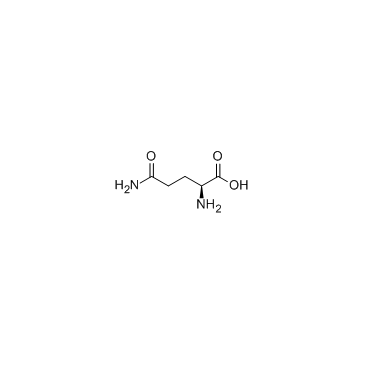 |
L-Glutamine
CAS:56-85-9 |
|
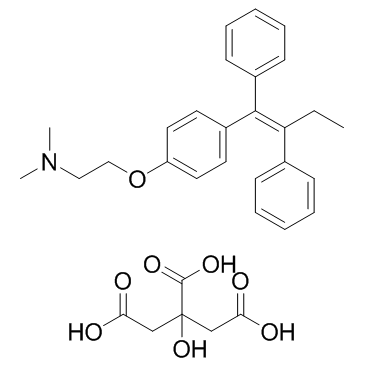 |
Tamoxifen citrate
CAS:54965-24-1 |
|
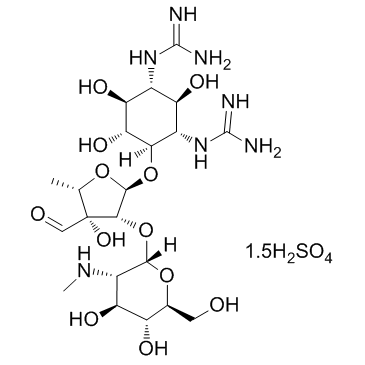 |
Steptomycin sulfate
CAS:3810-74-0 |
|
 |
3-Methyladenine
CAS:5142-23-4 |
|
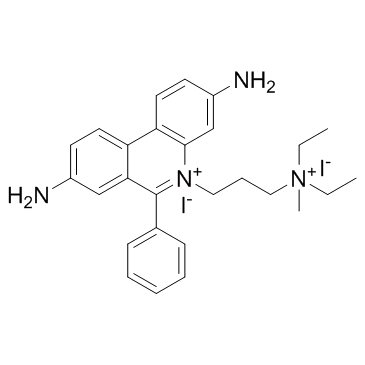 |
Propidium Iodide
CAS:25535-16-4 |
|
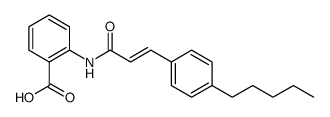 |
N-(P-Amylcinnamoyl)Anthranilic Acid
CAS:99196-74-4 |
|
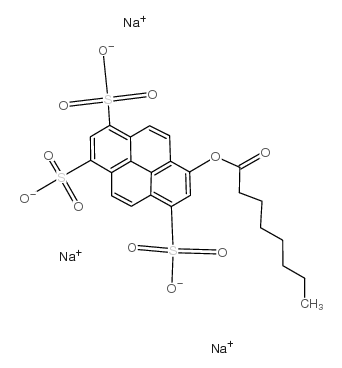 |
8-Octanoyloxypyrene-1,3,6-trisulfonic acid trisodium salt
CAS:115787-84-3 |